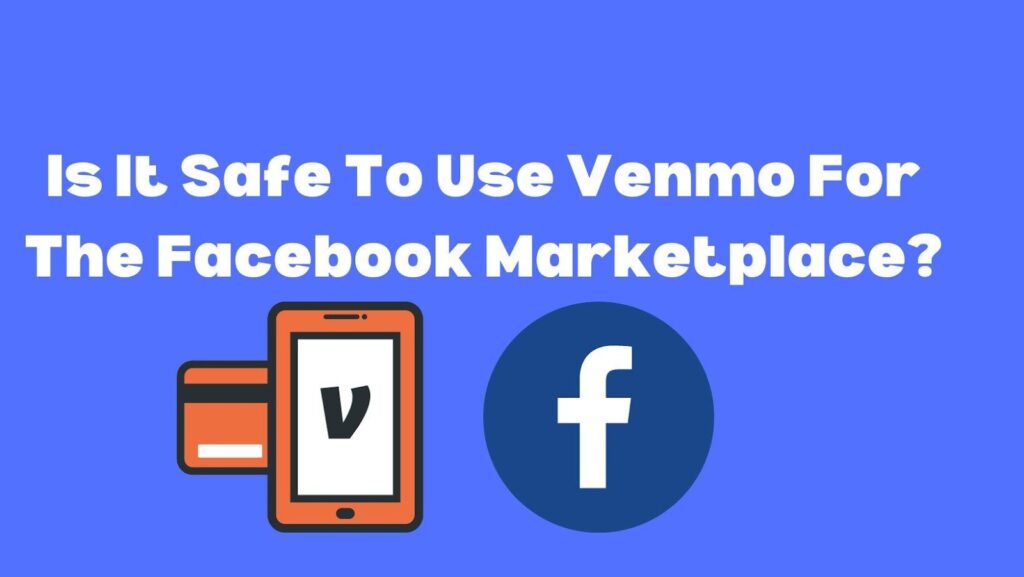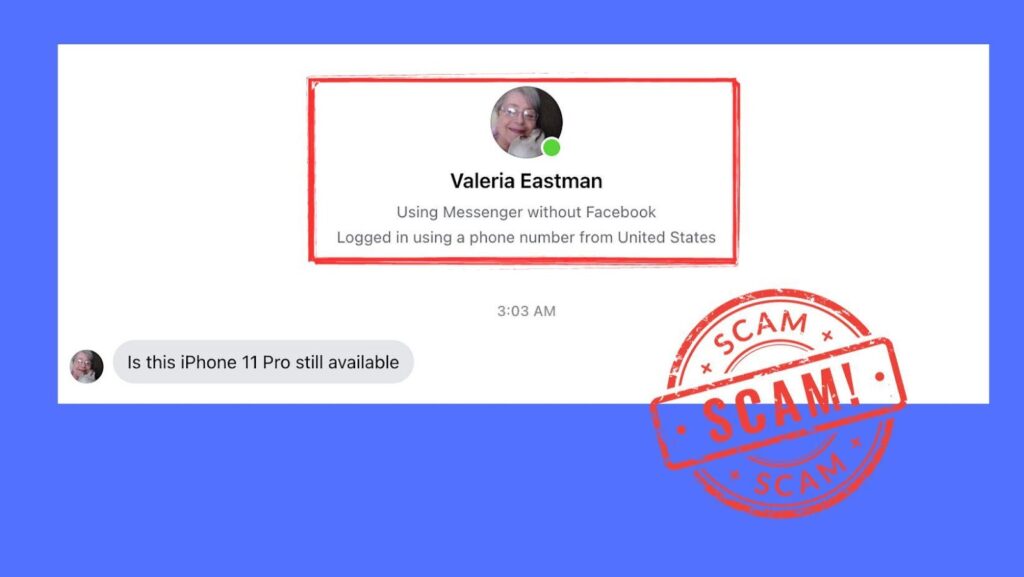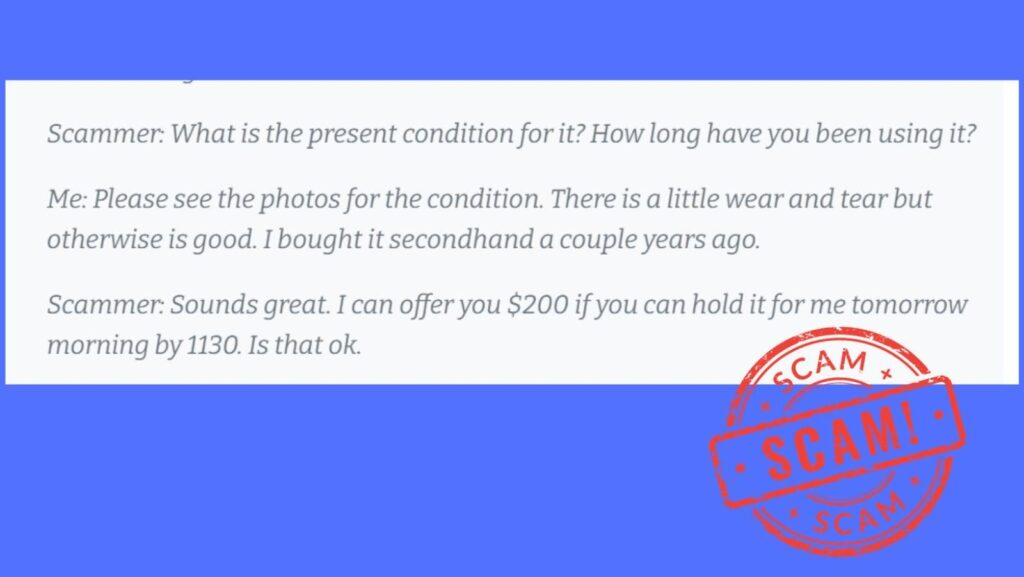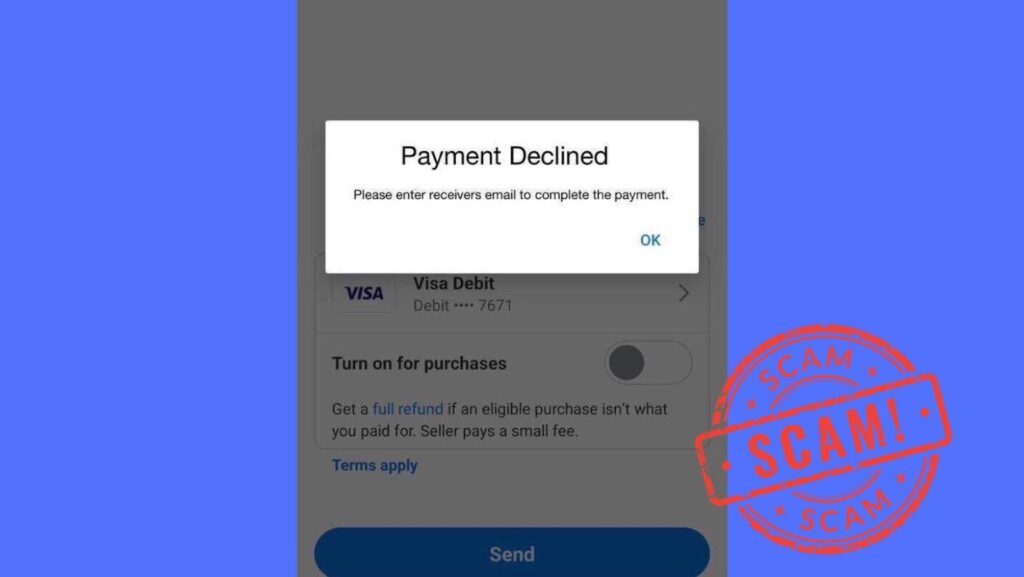Safety and security are paramount, especially regarding financial transactions on digital platforms. The use of Venmo, a popular mobile payment service, in conjunction with Facebook Marketplace, a widely used platform for buying and selling goods, raises important questions about safety and reliability.
One of them is: Is it safe to use Venmo for transactions on Facebook Marketplace?

The good news is that using Venmo for transactions on Facebook Marketplace is generally safe, but it’s important to exercise caution. Ensure you’re dealing with reputable sellers or buyers, and be aware of Venmo’s intended use for transactions among known individuals.
But to get in-depth information about using Venmo for transactions on Facebook Marketplace, read the article till the end to explore the security features of both platforms, evaluate the risks involved in digital transactions, and provide tips for safe usage.
Understanding Facebook Marketplace And Venmo- A Brief Overview
Facebook Marketplace and Venmo represent a powerful combination in the realm of online commerce and transactions. Facebook Marketplace, a feature within the Facebook platform, allows users to buy and sell items within their local community, leveraging the vast network of Facebook users. It’s user-friendly, enabling easy listing and browsing of items, and fosters a sense of community and local engagement.
Venmo, on the other hand, is a mobile payment service known for its ease and convenience. Owned by PayPal, it allows users to send and receive money quickly, often with a social twist – users can share their transaction histories with friends.
When used together, these platforms offer a streamlined experience for online transactions, marrying the local, community-driven aspect of Facebook Marketplace with the quick, easy payment process of Venmo. This synergy provides a comprehensive and user-friendly approach to buying and selling goods in the digital age.
But what about the safety feature? Let’s answer this in the next section.
Is It Safe To Use Venmo For The Facebook Marketplace?
Using Venmo for transactions on Facebook Marketplace can be considered safe but carries some risks and requires caution.
While Venmo offers convenience and easy money transfers, it’s primarily designed for transactions between known parties. This means it lacks specific protections for marketplace transactions with strangers, such as buyer or seller protection services, which are common in other payment platforms.
The safety of using Venmo on Facebook Marketplace largely depends on the other party’s trustworthiness. Therefore, while Venmo can be used safely if you’re dealing with reliable users, it’s essential to be aware of potential scams and exercise vigilance, especially since scams are not uncommon in such online settings.
How You Can Be Scammed On The Facebook Marketplace With Venmo?
Scams on Facebook Marketplace using Venmo typically start with what seems like a regular transaction. A potential buyer (the scammer) expresses interest in an item and engages in conversation with the seller. The initial exchange appears normal, with questions about the item’s availability, location, and condition. However, red flags soon emerge:
- Suspicious Buyer Profile: The buyer’s Facebook profile might be sparse and lacking in detail or activity, which isn’t a definitive sign of a scam but is cause for caution.

- Overpaying Offer: The buyer offers more than the asking price, which is unusual for Facebook Marketplace transactions and should raise suspicion.

- Premature Payment Request: The buyer insists on paying for the item before seeing it in person, which is rare for such platforms.

After the seller provides their Venmo details, the scam evolves. The buyer, feigning a transfer attempt, claims Venmo requires the seller’s email, which is a departure from standard Venmo procedure. The seller then receives a poorly crafted screenshot showing a Venmo payment error, complete with grammatical mistakes, hinting at its falsity.
The scam further unfolds as the buyer claims a pending payment notification was sent to both parties, straying from Venmo’s usual instant transaction process. The email the seller receives is a fake Venmo communication, part of a phishing attempt.
The scam can culminate in two ways:
- Phishing Link: The scammer sends a link to a fake Venmo login page designed to steal the seller’s credentials.
- Fake Overpayment: The scammer sends a fake screenshot or email showing an overpayment for the item, often significantly more than the agreed price. They then request a refund of the excess amount. If the seller complies, they end up transferring their own money, only to find that the initial payment was never made.

In both scenarios, the seller is left vulnerable to financial loss and potential identity theft, highlighting the need for vigilance when using Venmo for transactions on Facebook Marketplace.
Fraud Protection Of Venmo: Some Notable Features
Venmo’s fraud protection incorporates several notable features to ensure the security of its users:
Security Alerts: Venmo sends alerts to users for any suspicious activity or significant changes made to their account, such as a new login from an unrecognized device or changes to sensitive account details.
Transaction Monitoring: Venmo continuously monitors transactions to identify and flag any unusual or potentially fraudulent activity. This proactive approach helps in early detection and prevention of unauthorized transactions.
Customer Support: Venmo provides dedicated customer support to address fraud-related concerns. Users can report suspicious activities or transactions, and the support team assists in resolving these issues promptly.
Two-Factor Authentication (2FA): Venmo offers two-factor authentication as an additional security layer. This feature requires users to provide a second form of identification beyond just the password, typically a code sent to their mobile device, ensuring that account access is guarded against unauthorized users.
Email and Phone Verification: To further secure accounts, Venmo requires email and phone number verification. This process ensures that the account is linked to the actual user and provides an additional channel for sending security alerts and verification codes.
Tips To Avoid Venmo Scams You Must Consider
- Verify Buyer/Seller Profiles: Ensure the Facebook profile of the person you’re dealing with is legitimate and active.
- Confirm Item Exchange Details: Agree on a clear, realistic plan for exchanging the item before making any payments.
- Direct Payment Verification: Always check your Venmo balance directly to confirm receipt of payments.
- Be Cautious of Overpayment: Be suspicious of buyers who offer to pay more than your listed price.
- Avoid Advanced Payments: Don’t send items or refunds before confirming the payment in your account.
- Keep Transactions In-App: Conduct all communications and transactions within Facebook Marketplace and Venmo’s official platforms.
- Recognize Phishing Attempts: Be alert to emails or messages asking for personal information or login details.
- Refuse Unusual Payment Requests: Be wary of requests for transferring money back or paying through links sent via messages.
Key Takeaway
Using Venmo for Facebook Marketplace transactions can be safe but requires caution. Venmo is designed for transactions between known parties and lacks certain protections for marketplace exchanges. Users should be vigilant against scams, verify profiles, and confirm payment directly through Venmo. While convenient, it’s crucial for users to be aware of the platform’s limitations and exercise caution to ensure a secure transaction experience on Facebook Marketplace.







